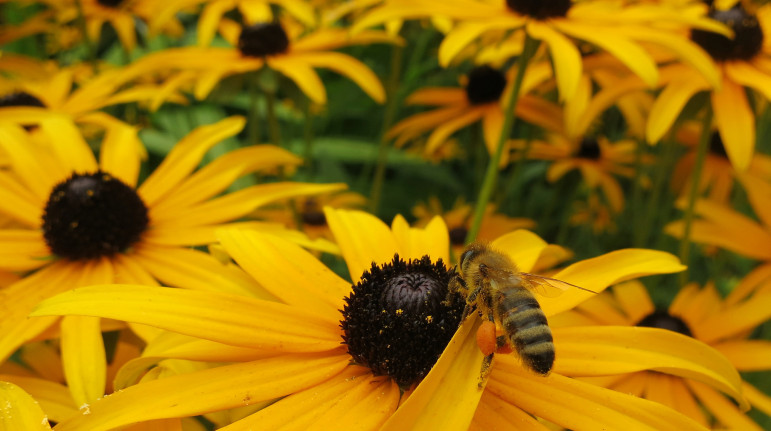Linking Agricultural Biodiversity and Food Security: The Valuable Role of Agrobiodiversity for Sustainable Agriculture
Author: Lori Ann Thrupp
There is a growing realization worldwide that biodiversity is fundamental to agricultural production and food security, as well as a valuable ingredient of environmental conservation. Yet predominant patterns of agricultural growth have eroded biodiversity in, for example, plant genetic resources, livestock, insects and soil organisms. This erosion has caused economic loss, jeopardizing productivity and food security, and leading to broader social costs. Equally alarming is the loss of biodiversity in “natural” habitats from the expansion of agricultural production to frontier areas. The conflicts between agriculture and biodiversity are by no means inevitable. With sustainable farming practices and changes in agricultural policies and institutions, they can be overcome.
Historical evidence and current observation show that biodiversity maintenance must be integrated with agricultural practices—a strategy that can have multiple ecological and socio-economic benefits, particularly to ensure food security. Practices that conserve, sustainably use and enhance biodiversity are necessary at all levels in farming systems, and are of critical importance for food production, livelihood security, health and the maintenance of ecosystems. This article summarizes the main conflicts and complementarities between biodiversity and agriculture, discusses the ecosystem services provided by agricultural biodiversity, and highlights principles, policies and practices that enhance diversity in agroecosystems.


